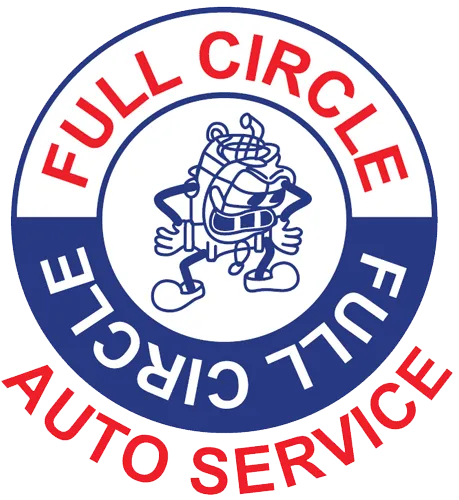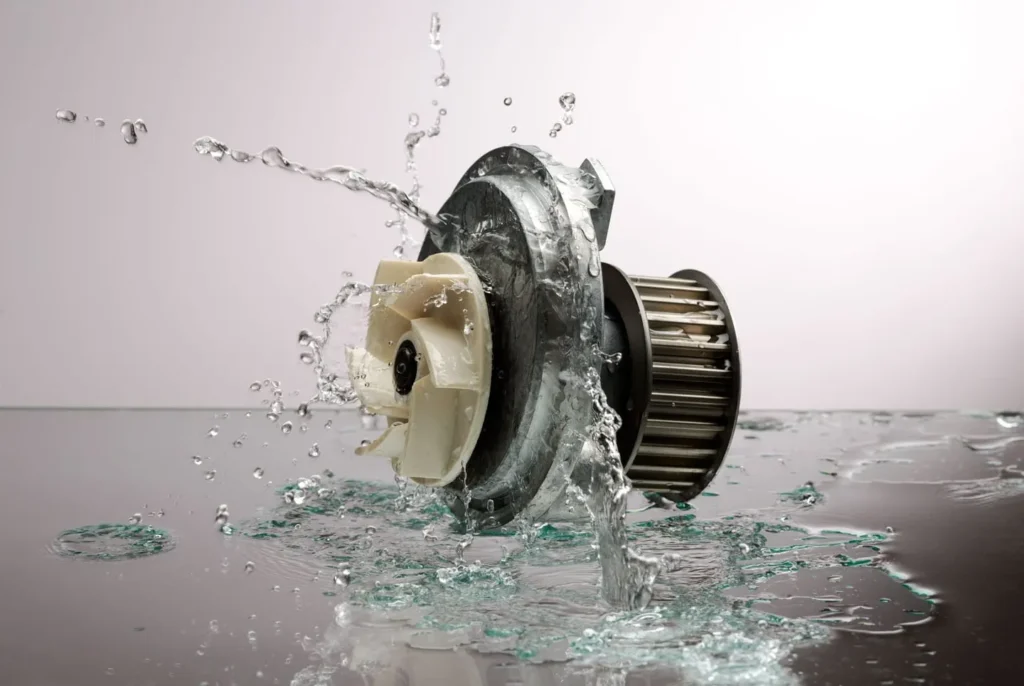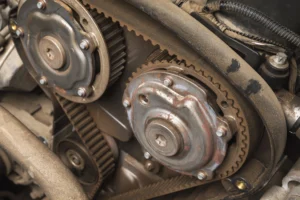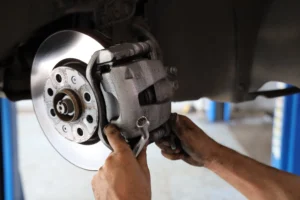Automotive: All About Auto Water Pumps in O'Fallon, Illinois
An auto water pump, also known as a coolant pump, is the center of the cooling system of an engine. It is the role of a water pump to control the flow rate of the coolant and to circulate the coolant constantly over the cooling system and the engine. Learn everything there is to know about auto water pumps from the experts at Full Circle Auto Service in O’Fallon, Illinois.

Most auto water pumps have seven basic elements:
Housing: It is the outer covering that houses the water pump. It has a small hole that allows any coolant that might be leaking to escape, thus preventing it from getting into the bearing assembly of the water pump.
Impeller: It is connected to the bottom of the shaft and can be made of plastic or metal. The impeller rotates to distribute the coolant over the cooling system. The rate at which the coolant is distributed depends on the engine RPMs.
Shaft: The shaft moves against the bearing with the pulley or hub connected to its top and the impeller connected to its bottom.
Bearing: It is mechanical support that keeps the shaft rotating continuously in a stable and controlled manner.
Pulley or Hub: It is the source of power for rotating the impeller and is connected to the top of the shaft. The timing belt, v-belt, and serpentine is typically connected to the pulley.
Seal: The seal protects the coolant and contaminants from getting into the bearing assembly. If the seal is not working, the coolant leaks through the weep hole.
Mounting gasket: It seals the water pump to the engine. Surprisingly, a standard auto water pump can distribute up to 7500 gallons of coolant in an hour and can circulate the coolant through the engine more than 20 times per minute when working at maximum RPMs. The speed of an auto water pump is determined by the engine’s speed.
A faulty water system can make the engine overheat and cause problems for your car. Ensure that you inspect your coolant and auto water pump at each service to avoid these issues.
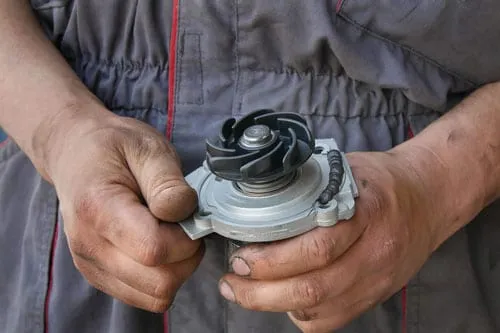
How does an auto water pump work?
Most auto water pumps have a similar working principle. They get driven by the rotation of the crankshaft of the engine. Mechanical energy is transmitted from the crankshaft to the pump, usually through a serpentine belt or an accessory. The coolant is drawn into the water pump from the engine and transmitted to the radiator where it passes through small tubes that are designed to offer a big surface area for the cooling of the hot liquid. The liquid then goes back into the engine's cylinder head. The process repeats itself whenever the engine is running.
Water pumps are crucial components of your car cooling system. So, ensure that they are always in a good state to prevent expensive damages that can occur if they fail.
